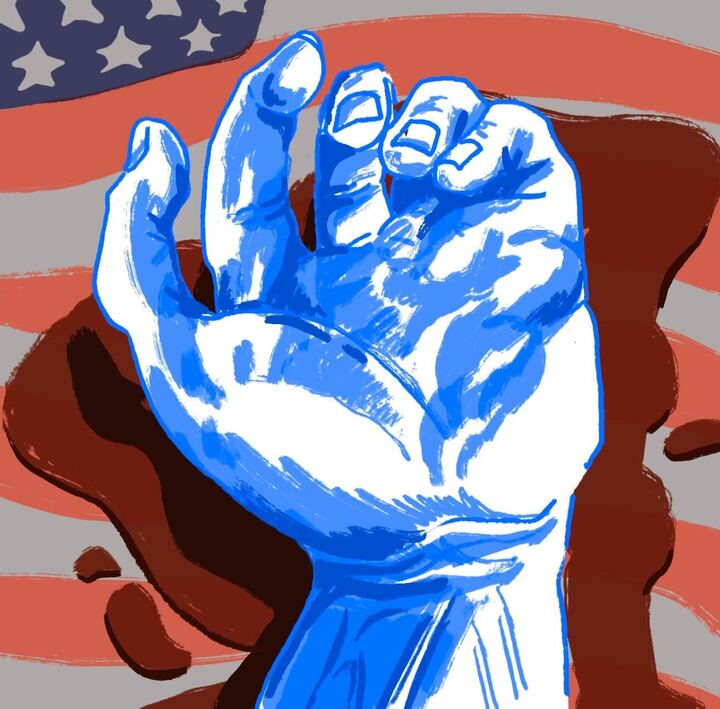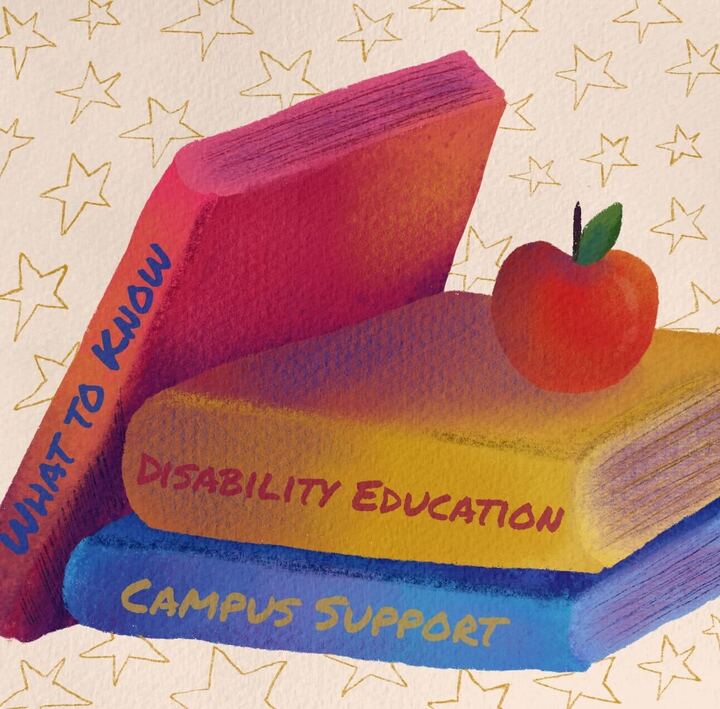
Imagine yourself walking in your own neighborhood , alone and lost in your own thoughts. It is dark and you are returning home from the convenience store. Suddenly, a man follows you, but you don’t know why. He is not someone you recognize and you haven’t done anything wrong. Fear envelops you. You can hear your own heartbeat. You start to walk faster, but he still follows you and you are hunted like an animal.
The candy and iced-tea was not enough to show Trayvon Martin’s attacker of the teen’s innocence and humanity. Perhaps, the only thing that may have saved 17-year-old Martin’s life would be if Martin could have magically transformed into a white male. Maybe then, Martin could have celebrated his 18th birthday with his family if only he was not “walking while black.”
Let us be clear about one thing. Martin’s death was not a tragedy or sad accident, as some may wish to describe the story-his murder was a product of legacy of racism in this country and his murderer acted upon his own racial prejudices. Yes, the death could have been a white young male, but it was not, as it is not in many instances of racial profiling cases. Martin’s death is only a needle in a haystack of young black lives lost in a society that continues to hide between two different racial narratives where white supremacy is the common thread.
We are not supposed to talk about race in today’s colorblind society. Critics will point out that racism is of the past- slavery was abolished in 1865, less than 150 years ago. Jim Crow law was put to an end more than 50 years ago; we elected and re-elected our first African-American president. Consequently, any attempts at talking about race end up with someone being accused of pulling out the race card.
However, most people fail to realize that the presence of racial prejudice does not necessarily mean one is racist. At the same time, we must recognize that institutional racism can exist without individual racists and in the quest to find culprits for racism, we can fail to remember the legacy of oppression still echoing in our present.
A racist is defined as a person “who believes in racism, the doctrine that a certain human race is superior to any or all other races.” On the other hand, racial prejudice “accounts for differences in human character or ability,” which is heavily influenced by stereotypes of perceived racial order and typical characteristics of members of one group.
And while most people, if not all, have some degree of prejudices about other human beings in the world we live in, an attitude becomes discriminatory when resulting in an action, such as racial profiling.
Both prejudice and discrimination make up racism where power is undoubtedly a necessary precondition for racial discrimination. More importantly, the issue of racial prejudice becomes problematic when it goes beyond mere beliefs and effects peoples’ lives socially, economically, and political.
When the self-appointed neighborhood watch leader, George Zimmerman, 28, a white-Hispanic male, decided to follow Martin who was returning home from the store, something triggered his assessment of the situation. Martin was not carrying a gun, but rather holding candy and iced-tea in his hands, so Zimmerman could not have felt imminent danger. In fact, this is the main reason why Zimmerman’s attorney will no longer employ the ‘stand your ground’ law, to defend his client, which states that Florida citizens can use deadly force and without a duty to retreat if “he or she reasonably believes that such force is necessary to prevent imminent death or greatly bodily harm to himself or herself.”
Nor was Martin committing a crime that would somehow justify Zimmerman’s action. Perhaps more importantly, Zimmerman’s family has repeatedly pointed out that he has a black friend so he simply cannot be a racist. Yet, for Zimmerman, this young man looked suspicious and was convinced Martin was “up to no good or he is on drugs or something,” and thus, decided to take action even when the dispatcher from Sanford police department urged Zimmerman not to follow Martin.
Dr. Anthony Ratcliff, a Pan-African professor at CSUN, said that being young, black, and male meant something inherent to Zimmerman, which resulted in a racial profiling.
“He perceived (Martin) doing something wrong before he perceived him doing something right so he (was using) a white-supremacist lens,” said Ratcliff.
Ratcliff also added that Zimmerman’s gun gave him power and enough confidence to follow Martin and subsequently, approach him. Undoubtedly, it’s the combination of power, symbolically and literally, and prejudice that ultimately results in the examples of racism rarely discussed.
“People want to focus on race as an interpersonal belief and this is tangential to the real issue, which is structural and institutional racism,” said Ratcliff.
A 2011 Human Right Watch report established that the burden of incarceration falls disproportionately on minorities where black men are incarcerated at a rate more than six times that of white non-Hispanic males. In 2009, one in 10 black males, aged 25-29 were in prison or jail. For white males, this number was only one in 64.
Perhaps even more disturbing, author of the book ‘The New Jim Crow,’ Michelle Alexander writes “there are more African-Americans under correctional control today-in prison or jail, on probation or parole than were enslaved in 1850; a decade before the Civil War began. Furthermore as of 2004, “more African-American were disenfranchised due to felon disenfranchisement laws than in 1870, the year the Fifteenth Amendment was ratified,” according to Alexander.
It’s imperative to remember that once you are labeled a criminal, you can also face legal discrimination against employment, housing, access, education and public benefits, the same tools needed to reintegrate into society.
Some argue that racial profiling does not exist and police officers are simply taking criminals to jail as a part of their job responsibility. However, evidence shows the contrary, especially when it comes to the so called race-neutral “war on drugs.”
According to Drug Policy Alliance, African Americans comprise 14 percent of regular drug users. Yet, almost 40 percent of those arrested for drug offenses are African-American. Furthermore, African-Americans serve almost as much time in federal prison for a drug offense as whites do for a violent offense. The numbers are equally sobering for women of color.
A 2011 report by American Civil Liberties Union (ACLU) show that since 1986, there have been an 800 percent increase of African-American women behind bars, in which a great proportion are for drug-related offenses. Additionally, the report states, “while nearly two-thirds of women under probation supervision are white, nearly two-thirds of those confined in jails and prisons are women of color.”
While the black population is overrepresented in prison, they are undoubtedly underrepresented in numerous positions outside prison walls.
There have only been eight black senators in the country’s history, only three were elected by popular vote. But if the Senate were supposed to be colorblind and representative of the U.S. population, almost 13 of its current 100 members would be African-Americans, instead of two.
Perhaps even more significantly, of the 112 judges who have served as Supreme Court Justices, 96 percent have been white males. Two were African-American men and one was a Hispanic woman.
“If you think about the institutions of our society (like the Senate), there are very few people of color in these spaces and these are the places that are defining a lot of what’s going on in our society,” said Ratcliff.
In the corporate world, the numbers are equally disparaging.
A 2010 report by the Alliance for diversity census illustrate that white men not only dominate corporate boards, but increased their presence since 2004 where 72 percent are now white men.
At the same time, the latest U.S. Bureau of Labor Statistics report shows that unemployment is highest among black and Latinos where the black unemployment rate is almost double that of whites; 14 percent compared to 7 percent.
“If white folks began to see whiteness as a race ordering this whole racial hierarchy, then they might see it as a problem and maybe then, we can start to de-construct it (racism),” said Ratcliff.
“Whites have to be cognitive of white privilege in order for white privilege to be challenged.”
We don’t need a false and dishonest color-blind ideology that only eliminates other people’s experiences and everyday reality. Nor can we ignore the fact that this country is still a society run and organized around a white, patriarchal ideology and until we change that system, this nation will not move beyond race. A greater communication cross culturally can allow us to address our stereotypical and racist views with reality rather than how we have been socialized or grown to perceive people and other cultures.





